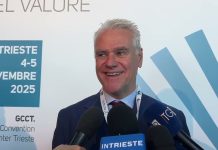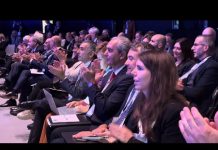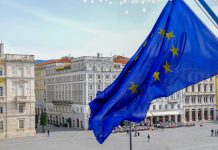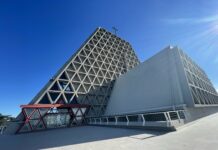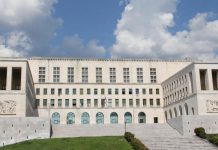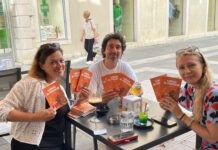interview: Maximiliano Crocamo
Interviewee: FVG councilor for tourism and production, Sergio Bini
Friuli Venezia Giulia is positioning itself as one of Italy’s most forward-looking industrial hubs, unveiling a multiyear €180-million plan aimed at boosting competitiveness, expanding global reach and drawing investment to the northeastern border region.
At the Selecting Italy 2025 conference in Trieste, Sergio Emidio Bini, the regional councillor for productive activities and tourism, outlined the goals of the initiative — known as Agenda FVG Manifattura 2030 — which was launched last year to respond to rapidly shifting global supply chains and rising competition for industrial capital.
“In a global context where value chains are being rewritten, regions like ours must provide long-term stability and strategic direction for businesses,” Mr. Bini told a panel of regional leaders from across Italy. The region, he noted, ranks third in the country for exports relative to gross domestic product and is built overwhelmingly on micro and small enterprises. But in a global market, scale matters. “Small is no longer synonymous with winning,” he said.
The plan, developed with consultancy The European House – Ambrosetti, focuses on strengthening business size, opening new markets, accelerating the digital and green transitions and attracting skilled talent and investment. Roughly half of the available funds have already been deployed through public tenders and incentives — including via a new app, “Incentivi FVG,” which has drawn more than 50,000 visits in recent weeks.
Industry priorities cited by the region include renewable energy, pharmaceuticals, defense and logistics. In Trieste, construction is under way on a green-hydrogen production facility financed with more than €15 million in national recovery funds, and a second program of similar value has recently closed.
Mr. Bini pointed to multinational firms already operating in Friuli Venezia Giulia and a local innovation network linking universities, research centers and industry as evidence of the region’s growing appeal. “Research, academia and industry can work together to attract capital and talent,” he said.
Logistics remains a cornerstone of the region’s strategy. With the port of Trieste as a major European gateway, Mr. Bini highlighted new trade corridors — including the proposed India-Middle East-Europe Corridor — as opportunities to strengthen the region’s position as a strategic transport hub. “Our intermodal corridors place us at the crossroads of European trade flows,” he said.
The discussion, which included representatives from Lazio, Emilia-Romagna, Molise and Abruzzo, underscored an increasingly competitive landscape among Italian regions seeking to secure global investment and industrial relevance.


